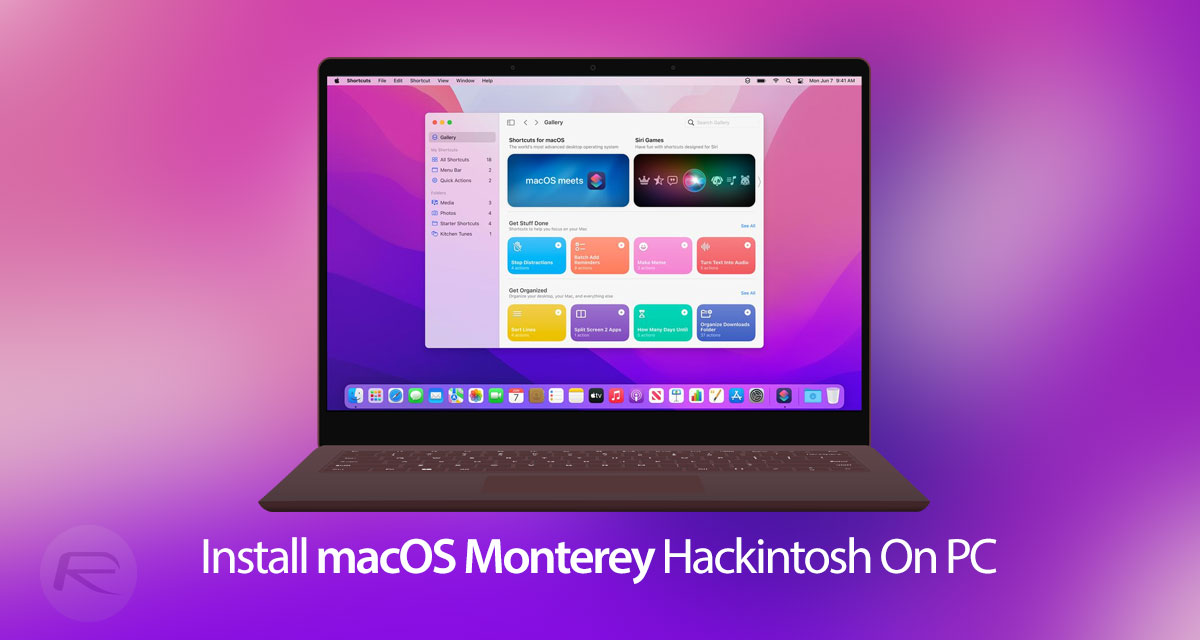
- #How to install sqlite on flash drive how to
- #How to install sqlite on flash drive update
- #How to install sqlite on flash drive download
py file """ from flask import Flask from flask_sqlalchemy import SQLAlchemy from sqlalchemy.sql import text app = Flask ( _name_ ) # change to name of your database add path if necessary db_name = 'sockmarket.db' app. """ test a SQLite database connection locally assumes database file is in same location as this. This overview should get you thinking about what you will need your Flask app to do, and how you will be querying the database, inserting new records, etc.įor all Python and SQL commands, refer to the links listed under “User’s Guide” in the Flask-SQLAlchemy documentation. Of course, you’ll be using templates and all the other aspects of Flask covered in previous chapters here. Again, you will handle these tasks within Flask, using route functions. You will not necessarily need forms if your app only reads from the database, but it is possible you’ll want to allow people to search for content, or to choose content from a menu using a element in a form that queries the database. See Flask: Web Forms if you need to create a web form in your Flask app.

If people are writing into your database, you will want to give them a web form, or forms, for doing so. You can handle each of these tasks within Flask, using route functions.
#How to install sqlite on flash drive update
If you need to check for existing records and update them, that’s more challenging. If you need to add records repeatedly (say, once per month) to an existing database, you might need to check whether you are duplicating records that are already there. This would be fairly simple if you only need to run it once. You might write a Python script to populate your database from the contents of a CSV file. Alternatively, you might set up a Python script that updates your database on a regular schedule (e.g., writing in new records from a monthly data dump). In that case, you will probably want people to log in securely. In addition to reading from your SQL database, your Flask app might allow people to write to the database.
#How to install sqlite on flash drive how to
It is assumed you are familiar with how to write basic SQL queries.ĭetails about writing queries with Flask-SQLAlchemy. Once you have the sqlite3.o object file to link against (statically), and you have your main.cpp file, you can compile and link with the following command: # Compile main.cpp, link with sqlite3.o, and specify the include path for sqlite3.hīe sure to set the include directory with -I so it knows where to find the sqlite3.h file.Īfter compiling and linking you should have an a.exe that will print out the SQLite version and generate the empty database file.SELECT * FROM socks WHERE style = "knee-high" ORDER BY name

Learn more about the API and what functions are available at or look inside the sqlite3.h file. Std::cout << "Database file:" << mydb << std::endl Std::cout << sqlite3_open("test.db", &mydb) << std::endl

Std::cout << "Sqlite version: " << sqlite3_libversion() << std::endl

Here is an example C++ file that will output the SQLite version and create an empty database file. cpp file with g++, linking it to the sqlite3.o file. To compile the object file so you can later link it with a C++ program compiled using g++, firstĬompile only to get the object file: # Will generate sqlite3.o (-c is compile only, generating object file) To compile Sqlite3 by itself as the standalone executable application, run: # This will generate the executable sqlite3 with the shell
#How to install sqlite on flash drive download
Download the file labeled amalgamation (e.g.


 0 kommentar(er)
0 kommentar(er)
